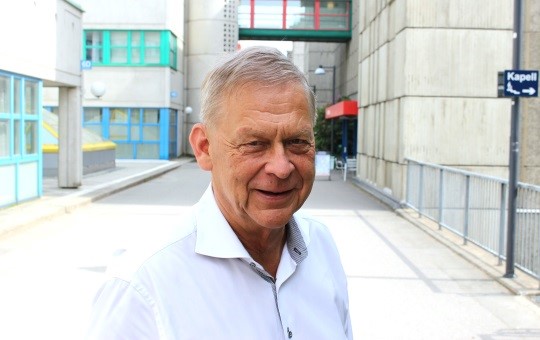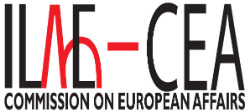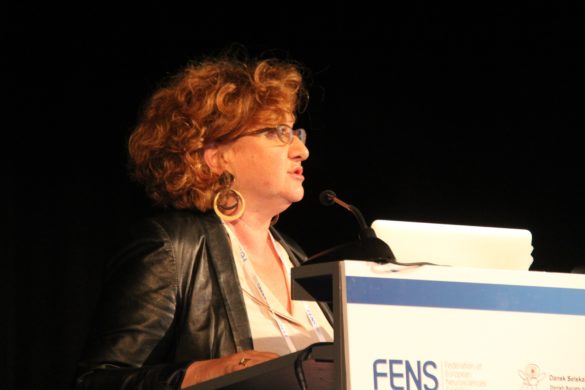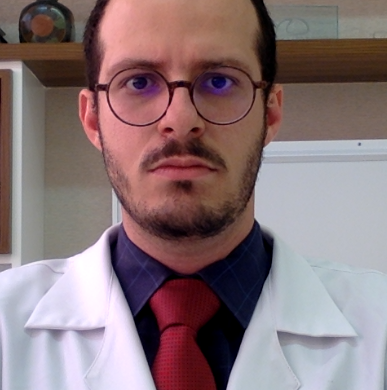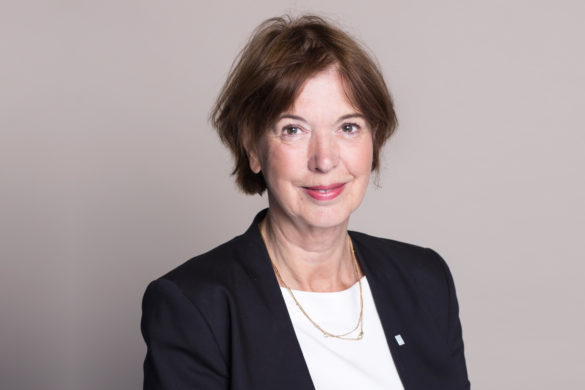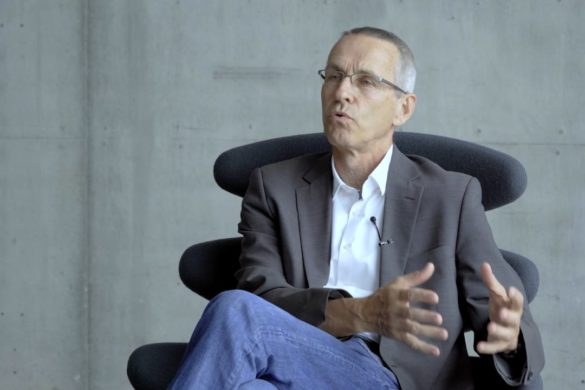The EFNS Scientist Panels and ENS Sub-committees aim at coordinating the different facets of clinical research and good neurological practice at the European level. They will play a very important role in the European Academy of Neurology – EAN. We invited the chairpersons of the EFNS Scientist Panels and ENS Sub-committees for their view on the future role of these panels/sub-committees within the EAN.
Interview with Pasquale Annunziata 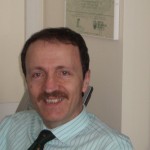
Gian Luigi Lenzi (GLL): Please outline briefly the future role you see for your scientist panel/sub-committee within the European Academy of Neurology.
Pasquale Annunziata (PA): Over the last years our Subcommittee has been involved in organising workshops as well as teaching courses (at the next ENS meeting in Barcelona we will organise the teaching course: “Brain endothelium as therapeutic target in neurological disorders”) dealing with the mission of facilitating the scientific exchanges among clinical neurologists and neuroscientists to elucidate the pathogenetic mechanisms as well as novel therapeutic approaches to neurological disorders. I think the future European Academy of Neurology (EAN), by unifying the efforts of the ENS and EFNS respective panels, should continue and implement this mission the role of which will certainly increase over the next decade. The search for novel treatments of neurological disorders will only be successful if clinical and basic neuroscientists (in its widest meaning) join their energies. I and my colleagues participating in this subcommittee strongly think that the future EAN should maintain and implement a scientific panel dealing with these goals.
GLL: How can Neuropenews contribute and enhance the work of your panel?
PA: The idea of creating a newsblog directed to European neurologists/neuroscientists such as Neuropenews, has turned out successful over the last few years. This blog could be of great value in helping the work of a future EAN panel devoted to preclinical neuroscience. It could facilitate the exchanges among clinical and basic neuroscientists over the entire year independently as well as additionally to the yearly scientific meetings at the respective congresses. One proposal could be to build a forum on preclinical neuroscience where each EAN member involved in this field may present his activity and propose possible issues of collaboration with European colleagues involved in neuroscience research. I truly would be enthusiastic for contributing with every colleague who wants to join us carrying out this new task.




